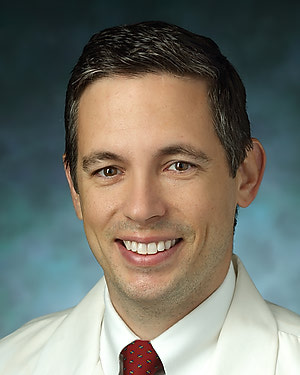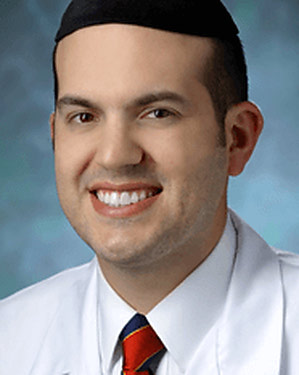-
Christos Savvas Georgiades, M.D., Ph.D.
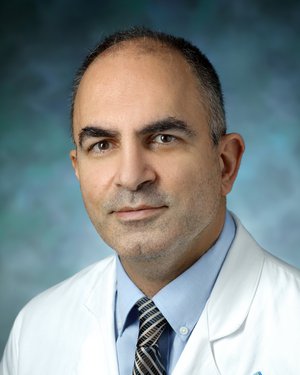
- Director of Interventional Oncology
- Professor of Radiology and Radiological Science
- Professor of Oncology
-
Brian Philip Holly, M.D.
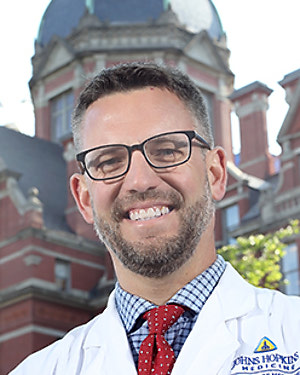
- Program Director, Interventional Radiology Integrated Residency
- Assistant Professor of Radiology and Radiological Science
-
Kelvin Kai-wen Hong, M.B.B.Ch., M.B.B.S.

- Executive Vice Chair of Radiology
- Associate Professor of Radiology and Radiological Science
- Associate Professor of Oncology
-
Robert Patrick Liddell, M.B.B.Ch., M.S.
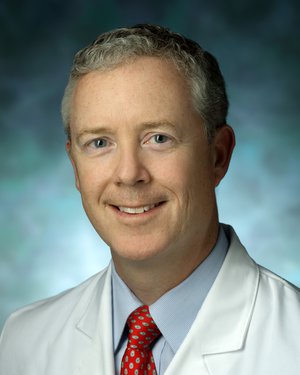
- Director, Interventional Radiology
- Associate Professor of Radiology and Radiological Science
- Associate Professor of Oncology
-
Harjit Singh, M.D.

- Director of Radiology Supply Chain
- Professor of Radiology and Radiological Science
-
Clifford Raabe Weiss, M.D.

- Director, the Johns Hopkins HHT Center of Excellence
- Medical Director, The Johns Hopkins Center for Bioengineering, Innovation and Design (CBID)
- Director, Interventional Radiology Research
- Director, the Johns Hopkins Vascular Anomalies Center (VAC)
- Professor of Radiology and Radiological Science
- Professor of Biomedical Engineering
Infertility
Our Johns Hopkins Interventional Radiology Center (IRC) team of interventionalists have dedicated their professional lives to provide treatments for infertility. Some common causes of infertility in both women and men can now be treated by interventional radiologists without surgery. Often these treatments do not require hospitalization or general anesthesia. Patients usually may return to normal activity shortly after the procedure.
Infertility: Why Choose Johns Hopkins?
- We offer highly specialized interventional services using state-of-the-art equipment in a compassionate, caring environment.
- Our minimally invasive image-guided treatments allow patients care with less risk, pain and recovery time.
- At Johns Hopkins, we commit to continuously advancing radiological services for the treatment of infertility.
Therapeutic Procedures
A nurse, physician assistant or medical affairs coordinator will work closely with your referring physician to coordinate your care and will provide instructions before your appointment.
- Varicocele embolization
- Infertility — Selective salpingography
Female Infertility: Blockage of the Fallopian Tube
The most common cause of female infertility is a blockage of the fallopian tube through which eggs pass from the ovary to the uterus. Occasionally, these tubes become plugged or narrowed, preventing successful pregnancy.
Interventional radiologists can diagnose and treat a blockage in the fallopian tubes with a nonsurgical procedure known as selective salpingography. In the procedure, which does not require an incision, a thin tube (catheter) is placed into the uterus. A contrast agent, or dye, is injected through the catheter, and an X-ray image of the uterine cavity is obtained. When a blockage of the fallopian tube is identified, another catheter is threaded into the fallopian tube to open the blockage.
Nonsurgical Treatment for Male Infertility
A varicocele is a varicose vein of the testicle and scrotum that may cause pain, testicular atrophy (shrinkage) or fertility problems. Veins contain one-way valves that work to allow blood to flow from the testicles and scrotum back to the heart. When these valves fail, the blood pools and enlarges the veins around the testicle in the scrotum to cause a varicocele. Open surgical ligation, performed by a urologist, is the most common treatment for symptomatic varicoceles. Varicocele embolization, a nonsurgical treatment performed by an interventional radiologist, is a highly effective, widely available technique to treat symptomatic varicoceles that is greatly underutilized in this country.
Prevalence
- Approximately 10 percent of all men have varicoceles; among infertile couples, the incidence of varicoceles increases to 30 percent.
- The highest occurrence is in men ages 15-35.
- As many as 70-80,000 men in America may undergo surgical correction of varicocele annually.
Symptoms
Pain
Aching pain when an individual has been standing or sitting for long periods of time and pressure builds up on the affected veins. Typically, painful varicoceles are prominent in size.
Fertility problems
There is an association between varicoceles and infertility. The incidence of varicocele increases to 30 percent in infertile couples. Decreased sperm count, decreased motility of sperm and an increase in the number of deformed sperm are related to varicoceles. Some experts believe that varicoceles cause infertility by raising the temperature in the scrotum and decreasing sperm production.
Testicular atrophy
- Shrinking of the testicles is another sign of varicoceles. Often, once the testicle is repaired it will return to normal size.
- Reprinted with permission of the Society of Interventional Radiology © 2004, www.SIRweb.org. All rights reserved.






